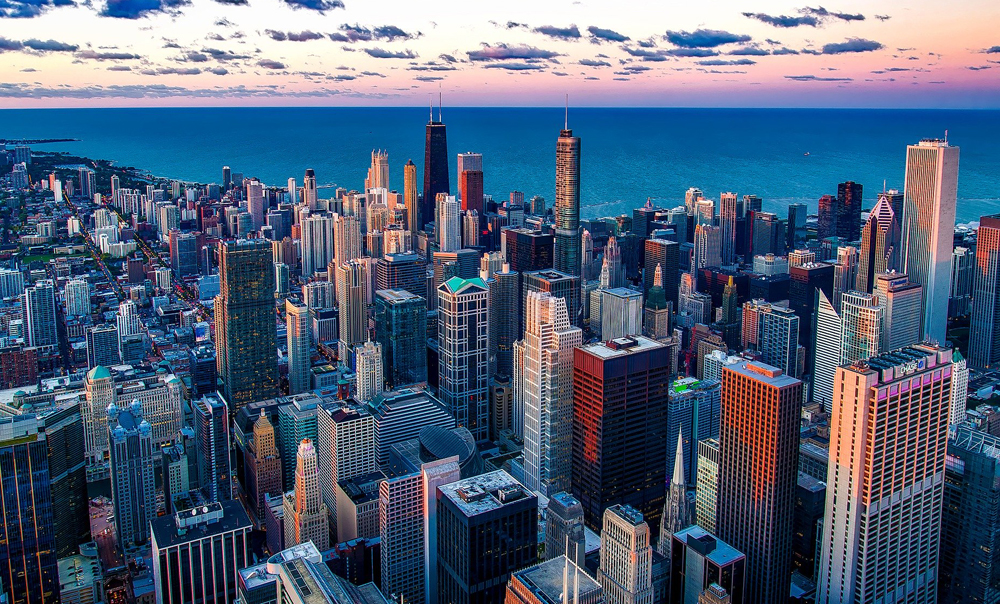Gov. JB Pritzker is ordering increased COVID-19 restrictions in Chicago as cases and hospitalizations continue their upward trend.
The restrictions, which start Friday, include no indoor services for bars and restaurants, the closure of outdoor services by 11 p.m. and capping gatherings at 25 people or 25 percent overall room capacity.
Chicago will be the seventh of the state’s 11 regions to face mitigations.
Pritzker said Tuesday the city is now averaging more than twice as many COVID-related hospital admissions per day as it was a month ago, and its positivity rate has almost doubled since the beginning of October.
“For a time late in the summer, Chicago seemed to have this more under control than other regions in Illinois,” Pritzker said during a press conference in Hazel Crest. “But that is no longer the case.”
Similar to suburban Cook County, where restrictions start Wednesday, Chicago’s mitigation measures are due to sustained increases in positivity and hospitalization rates.
Chicago’s current seven-day positivity rate is 7.8 percent.
Mayor Lori Lightfoot said during an interview Tuesday night with PBS NewsHour that she disagreed with the new restrictions, saying she would continue to speak with the administration about possibly reversing the decision.
“If the governor’s order goes into effect, it’s shutting down a significant portion of our economy at a time when those same businesses are hanging on by a thread,” she said.
Lightfoot added it was “not looking good” to prevent the restrictions from taking effect on Friday.
Chicago Department of Public Health Commissioner Dr. Allison Arwady said during a press conference early Tuesday afternoon the city has averaged 798 new daily cases over the past week. There was an average of 428 patients in hospitals each day with COVID-19, and 120 patients in intensive care units.
Ventilator use and the number of deaths remain stable. Arwady said she expects the number of new deaths to increase as the city sees a spike in new cases.
“COVID is widespread here in Chicago, and we need you to double down on things that work,” she said.
Arwady also announced it will add Florida to its growing list of states where travelers are required to self-quarantine for two weeks after arriving in the city. It will be added on Friday to the list, which now covers 31 states and Puerto Rico.
The locations are determined by locations with a COVID-19 case rate greater than 15 new cases per 100,000 residents, per day, over a seven-day rolling average. The order covers visitors who spent at least 24 hours in high-risk states.
The Illinois Department of Public Health reported another 4,000 cases of COVID-19 on Tuesday, bringing the total to 382,985.
The state’s death toll is at 9,568 after 46 more deaths were reported on Tuesday.
The seven-day statewide positivity rate for cases as a percent of total tests is 6.4 percent, a 0.1 percent increase from Monday.
There were 62,074 more tests processed during the past day. A total of 7,388,290 tests have been processed.
As of Monday night, 2,758 Illinoisans were in the hospital with COVID-19, an increase of 497 from last week. Of the patients in the hospital this week, 595 were in the ICU and 241 patients were on ventilators.
Thirty-five percent of Illinois’ 35,080 hospital beds were available as of Tuesday morning. Thirty-eight percent of the state’s 3,789 ICU beds were available as were 77 percent of the state’s 5,763 ventilators.
